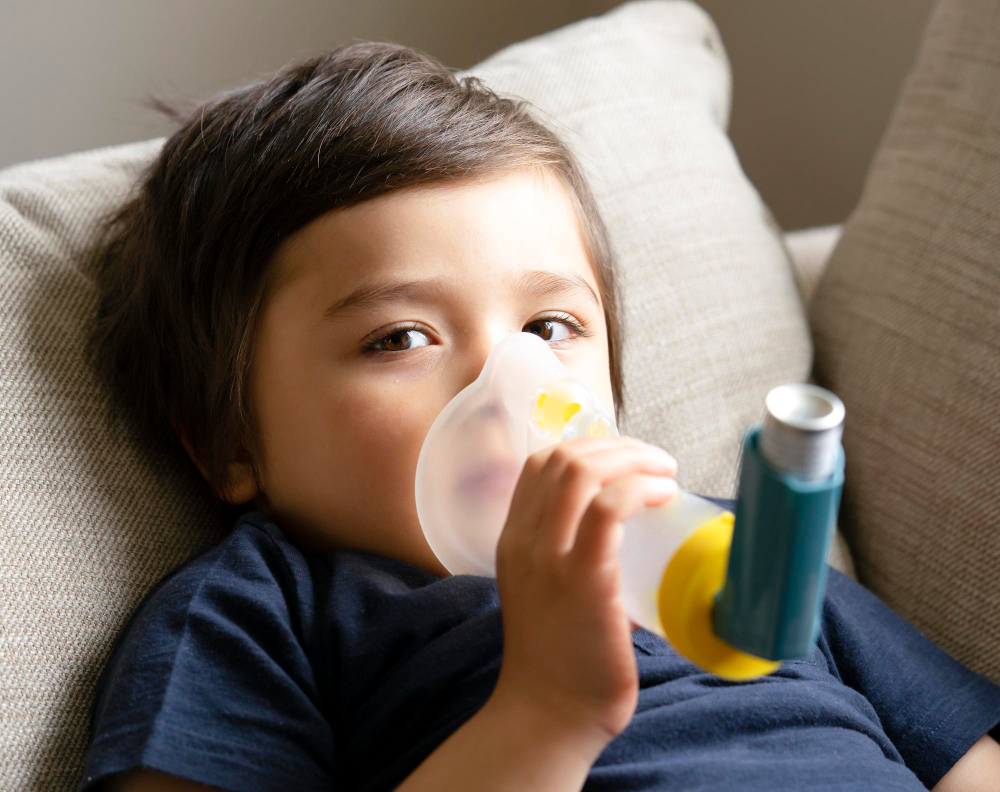What Is Allergic Asthma in Children?
Allergic asthma in children is a common type of asthma. It happens when a child’s airways react to allergens, such as pollen, dust mites, or pet dander. Because their bodies are still growing, children can be more sensitive to these triggers. As a result, allergic asthma can cause breathing problems and affect daily life. Early detection and good management can help children stay healthy and active.
Common Symptoms of Allergic Asthma in Children
Children with allergic asthma may show different symptoms. However, many signs are easy to spot. Recognizing these early can help families seek care quickly.
Sometimes, symptoms get worse after contact with allergens. For example, a child may start coughing after playing with a pet or being outside during pollen season.
Main Causes and Risk Factors
Many things can cause allergic asthma in children. Most often, the immune system reacts to harmless substances in the air. These are called allergens. When a child with allergic asthma breathes in an allergen, their airways swell and tighten.
Common asthma triggers in kids include:
Other risk factors are:
Because some children are more sensitive, even small amounts of allergens can trigger symptoms.
How Is Allergic Asthma Diagnosed?
Doctors use several methods to diagnose allergic asthma in children. First, they ask about symptoms and family history. Next, they may perform a physical exam. To confirm the diagnosis, healthcare professionals often use these tests:
Early diagnosis helps children get the right treatment and avoid severe attacks.
Treatment Options and Management Strategies
Treating allergic asthma in children involves several steps. Doctors often use a mix of medicines and lifestyle changes. Because each child is different, treatment plans may vary.
Common Treatments Include:
Doctors may also suggest allergy shots for some children. These shots can help reduce sensitivity to certain allergens over time.
Lifestyle Guidance for Families
Managing pediatric allergic asthma at home is important. Families can take steps to lower exposure to triggers. Here are some helpful tips:
Because every home is different, families should work with their doctor to create a safe environment.
Prevention and Early Intervention
While not all cases can be prevented, early action can help. For example, families can:
Early intervention can reduce the risk of severe asthma attacks and hospital visits.
When to Seek Medical Help
Sometimes, asthma symptoms can become serious. Families should seek medical help right away if a child:
Because quick action can save lives, never wait if you are unsure. Always call your doctor or emergency services if you are worried.
Conclusion
Allergic asthma in children can be managed with the right care and support. Early diagnosis, proper treatment, and a safe home environment help children live healthy lives. Consult a pediatric specialist for personalized advice on allergic asthma management.

